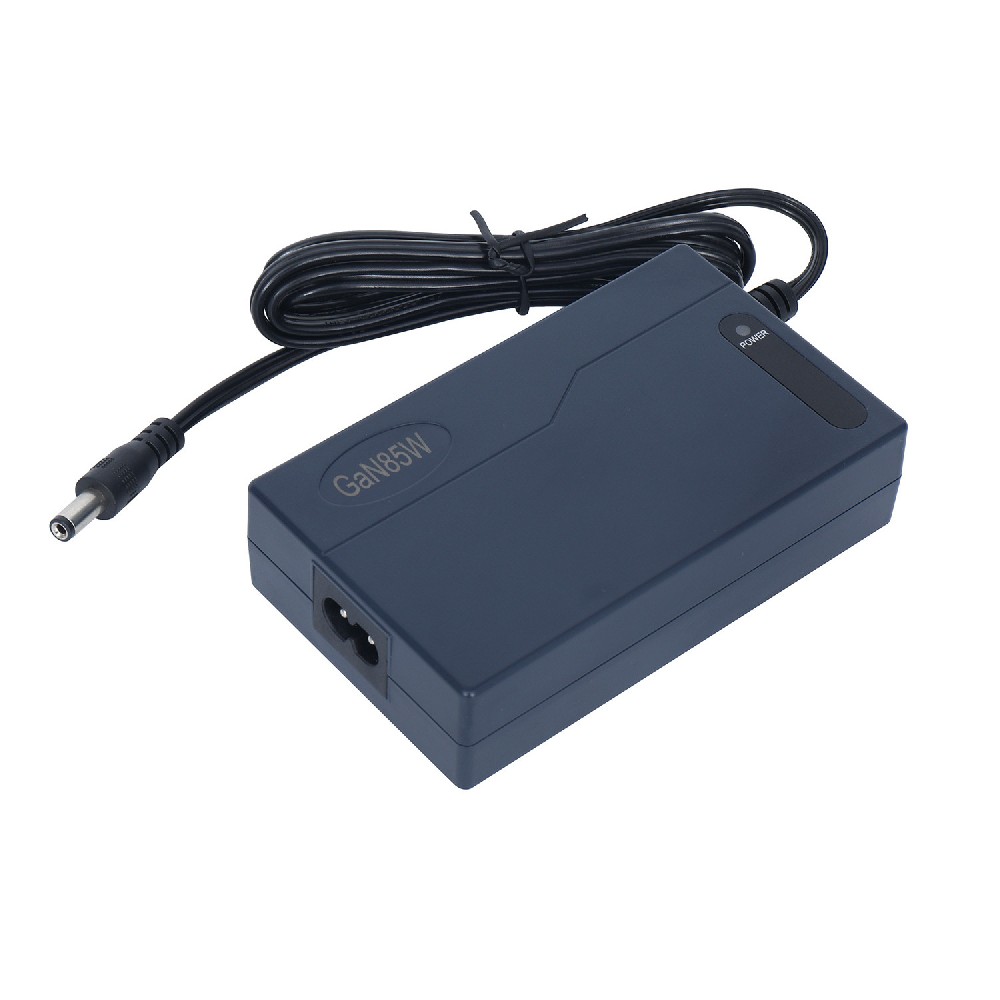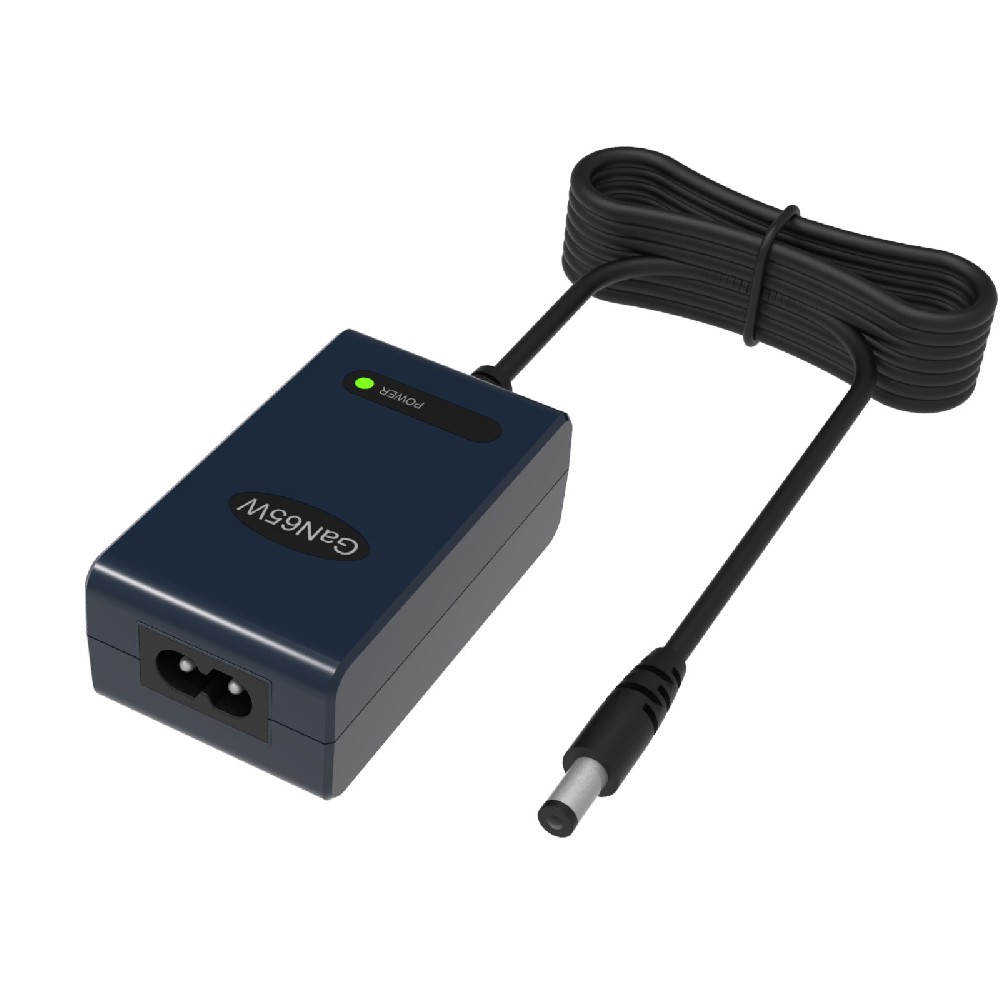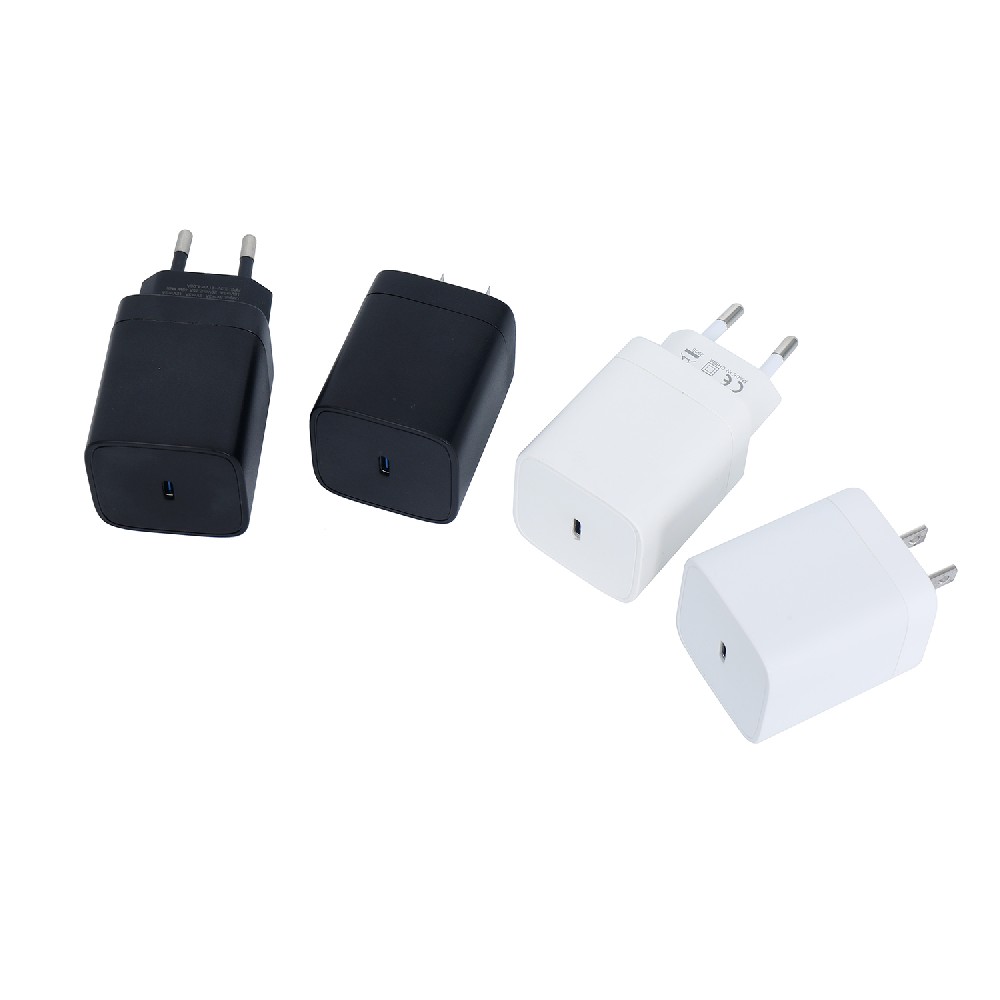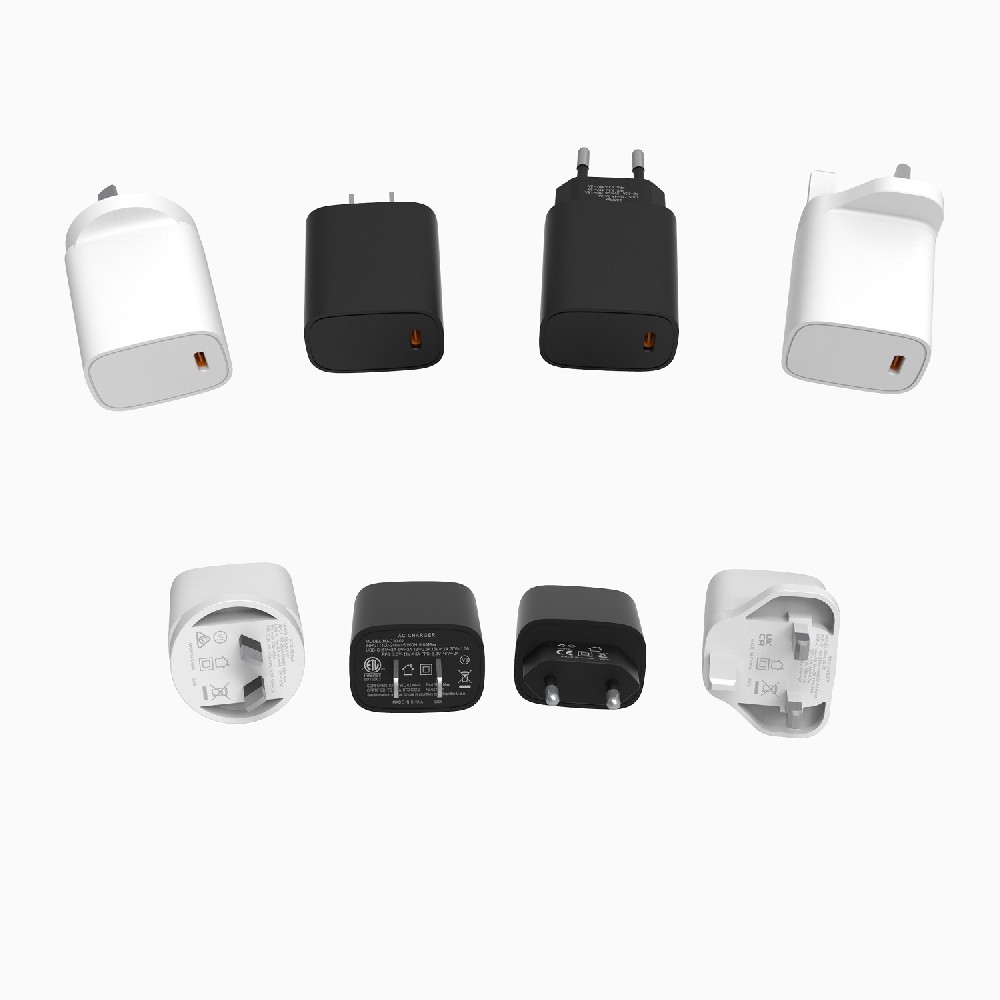Information Center
Unlocking the Power: A Closer Look at Different Types of Battery Charger Circuits and Their Benefits
Published:2023-06-27 10:34:54 Author:Green WCND Views:69A battery charger circuit is an essential device to have at home or in a workshop. It’s a device that works on the principle of converting alternating current (AC) to direct current (DC). The circuit then uses this DC to charge a battery that can power a range of devices such as mobile phones, laptops, cameras, and other electronic devices.

There are different types of battery charger circuits available, each designed to suit specific battery types. The most common types are Lead-acid, Nickel-cadmium (Ni-Cad), and Lithium-ion. In this article, we’ll take a closer look at each of these types of battery chargers, how they work, and the benefits of using them.

Firstly, let’s start with the lead-acid battery charger circuit. This type of circuit is commonly used in cars and solar power systems. It works by regulating the voltage and current output to ensure the battery is charged efficiently and without damage. The circuit typically consists of multiple stages, including a trickle charge, constant current, and constant voltage stage, all designed to optimize the charging process and extend the battery’s lifespan.
Next up is the nickel-cadmium (Ni-Cad) battery charger circuit. This type of circuit is used in cordless power tools and other high-drain electronic devices. It works by applying a constant current to the battery until it reaches a critical voltage, then switching to a constant voltage to complete the charging process. The Ni-Cad charger circuit is robust and built to handle the high demands of power tools, making it an ideal choice for professionals and DIY enthusiasts alike.
The final type of battery charger circuit we’ll cover is the lithium-ion. This type of circuit is used in modern smartphones, tablets, and laptops. It works by regulating the voltage and current to the battery to ensure it charges quickly, safely, and efficiently. The lithium-ion battery charger circuit is highly reliable and offers fast charging times, making it a popular choice for portable electronic devices.
In conclusion, battery charger circuits are essential devices for powering electronic devices and keeping them running smoothly. They are available in different types, each designed to suit specific battery types and charging requirements. Whether you’re looking to charge a lead-acid car battery, Ni-Cad power tool battery, or a lithium-ion smartphone battery, you can find the right charger circuit to meet your needs. By using the right charger circuit, you can optimize the charging process and extend the battery’s lifespan, ensuring your electronic devices are always ready to use when you need them.
IntroductionGolf carts serve as vital transportation tools on golf courses, and their performance and reliability are crucial for enhancing player experience an···
The battery pack is the heart of a golf cart, silently powering every acceleration and climb on the green. However, battery degradation often goes unnoticed, mu···
The battery pack is the heart of a golf cart’s power system, yet maintaining it has long been a challenge for technicians. Traditional troubleshooting methods—···
For golf course managers, ensuring smooth and efficient operations is crucial for providing a memorable experience for golfers and maintaining the reputation of···





